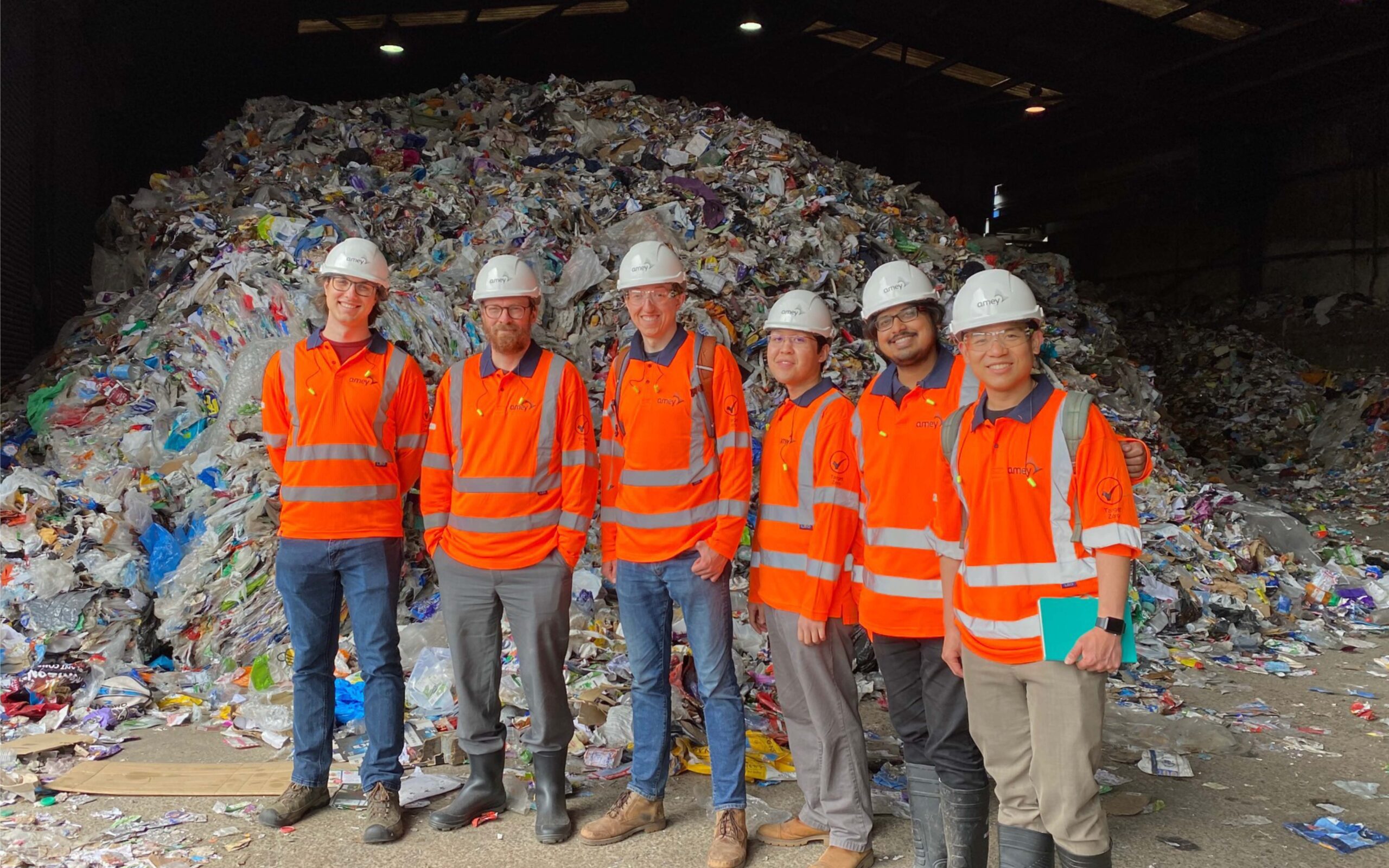Professor Erwin Reisner is Professor of Energy and Sustainability and runs the Reisner Laboratory in the Yusuf Hamied Department of Chemistry. He has been a Fellow at St John’s since 2011. In this article for The Eagle 2023 he outlines current research projects in the Reisner Lab and shares some of his hopes for the future.
Broadly speaking, my lab works on renewable energy and sustainability, and our approach is to use sunlight as the energy source to power chemical transformations. We are particularly interested in converting waste streams into usable products. Waste streams could mean carbon dioxide as a greenhouse gas, but also plastic waste and biomass waste from agriculture, for example. We develop little devices or systems that can use the sunlight to convert these waste feedstocks into fuels, such as hydrogen for hydrogen economy or carbon-based fuels like carbon monoxide and formic acid. At the same time we try to source chemicals from waste plastic and biomass that can be used for the chemical industry. Our hope is that we can help the chemical and petrochemical industry to transition to a net-zero industry. Ultimately, we dream of building some solar-powered recycling or upcycling plants.
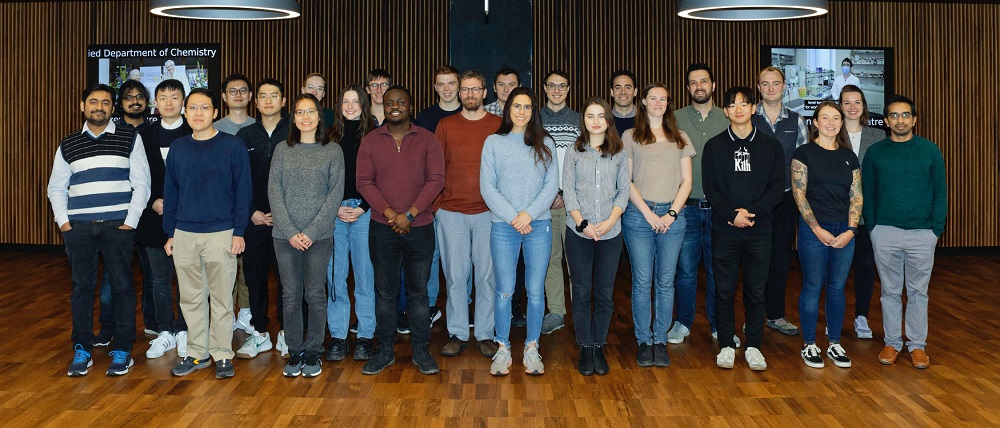
A couple of things initially attracted me to this area. The first is that it is very interdisciplinary, so you can work with not only scientists and engineers but also academics from very different fields such as social behaviour and economics. I am convinced that chemists have a central role in this industry. What’s really important to me is that there is a very quick turnover from idea to experiment to feedback loop! I’m a very impatient person so that really resonates with my personality. If you have an idea on a Friday
evening, you can do it on Saturday and by Sunday you know the result. It’s very often as quick as that and the feedback loop is very fast.
Something we often forget in the lab is that you have to enjoy every day. You can’t wake up in the morning and think, ‘Well, I’ll change the world today.’ It’s always the small things that drive you. It’s really important, especially for students and postdocs, that the nature of the work and the experiments you do excite you.
When the lab was started, around twelve years ago, everything was very conceptoriented and we had to learn how to make a catalyst, how it worked and how we could couple a few things with light absorption. Then we could only study parts of the process as there weren’t any known devices that could do everything. What has changed over the last decade is that today we and a few other groups actually have some devices ready. This is a real step change.
Consider our floating artificial leaf, for example – this is an ultra-thin, flexible device that produces syngas using sunlight and water, inspired by photosynthesis – you can throw it onto the water and it generates
clean fuel. It has put us in a competitive playing field. So now the question is: How do we scale this up to get it to real application?
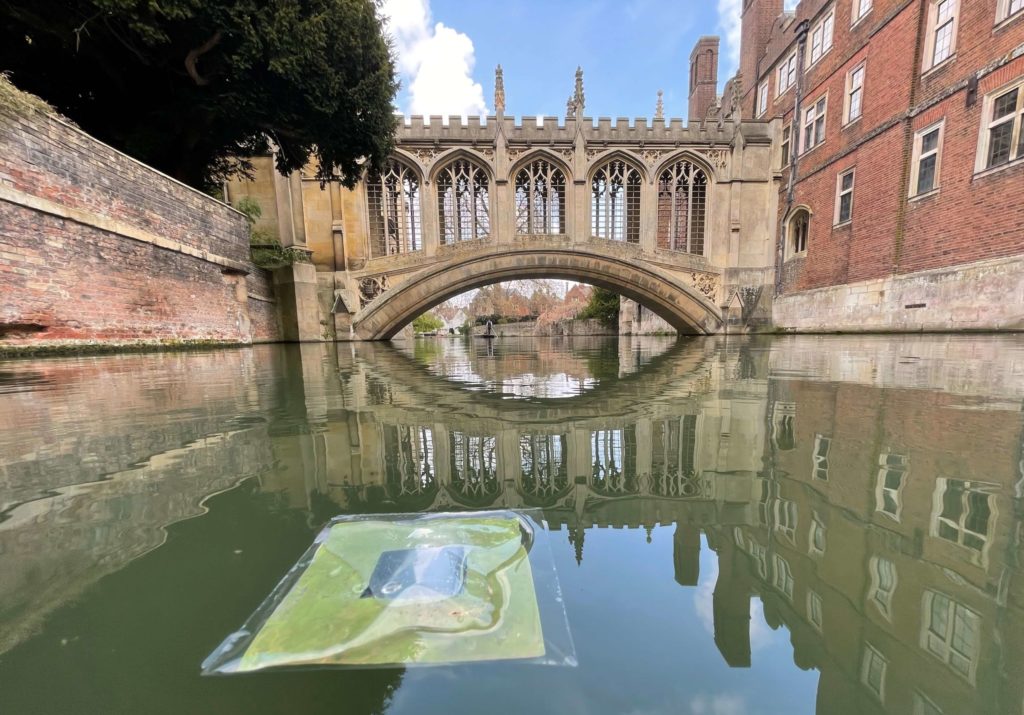
First, we need to troubleshoot on all fronts. For example, many of the devices we’re testing only work for around a week. One week is already very significant, but to have a real technological process in place we need our devices to last for years. The efficiencies we have, for example, how much of the sunlight we can store in the fuel, are quite low, usually in the lower percentile regions. Our goal would be to get closer to 10 or 20%.
At the moment what we are doing extensively in the labs is playing with these devices to work out how we can employ them and to understand the best applications. The floating leaf was really very exciting because, to date, the community working on solar to chemical conversion of fuel has been focused on land. Land is precious so it can be hard to find enough sites to use for solar panels. Being able to use water changes everything; it changes the economics and completely changes the application window as well.
I had initially been talking to someone from the shipping industry and he mentioned how great it would be to have solar panels for ships. So that got us thinking that if we were able to trim down the materials and make them light enough to go onto water, that would open up applications we hadn’t looked at before. I think we’re still at such an early stage that we don’t know exactly what the best application will be.
Another project we are currently working on is converting plastic waste into clean energy. We work with RECAP, the Cambridge and Peterborough waste recycling facility, and source real waste from them. It’s important to me that things don’t just work in the lab with highly pure compounds that don’t reflect real applications. Initially we try to do everything ‘pure’ in chemistry terms, but at the end I always push my team members to take some real waste, sourced from real households in Cambridge. We take the samples, usually we cut them down a little (it’s not very practical to have a whole bottle), but we don’t do much more than that, and then we feed them into a solar or photoreactor. The plastic is sorted and pre-treated and we have our material where the sunlight comes in and is absorbed, and when the plastic fragments approach this material they are converted into the products we want.
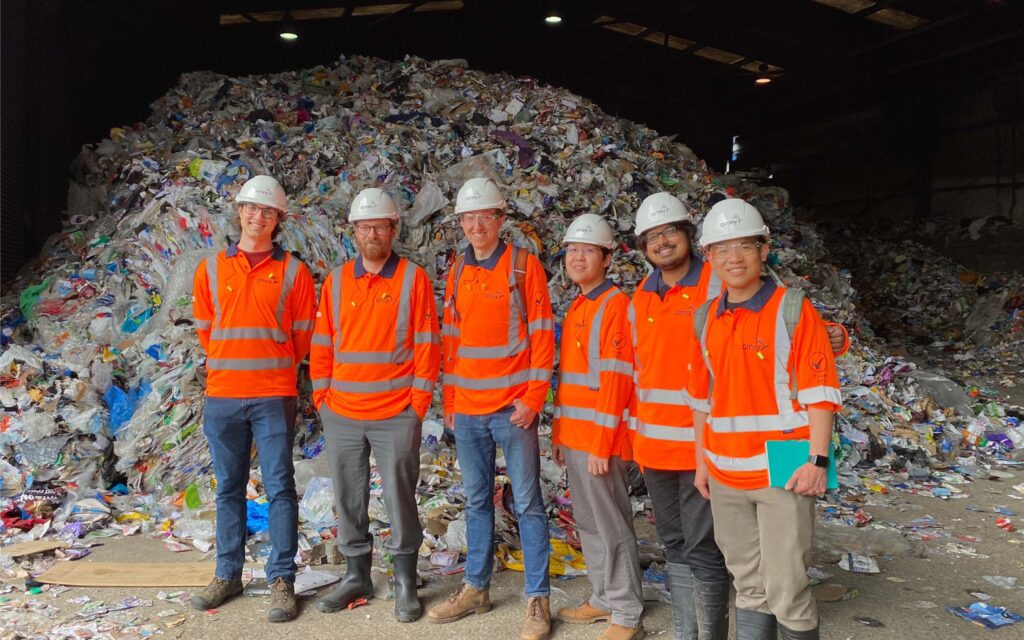
Something particularly interesting about our reactor is that it’s quite resilient to contaminated waste. We know that this process works well with biomass, which means that food-waste contamination is not
a problem at all. For common, mechanical plastic recycling you need extremely pure streams, so you couldn’t have half of your sandwich, for example, still on the waste plastics and convert them into new plastics. This would be something that the waste recycling plants would not even touch, but it’s
entirely suitable for what we are doing. Our ambition is certainly not to replace existing recycling; I think mechanical recycling and reforming new plastics always makes more sense, but where this is not feasible we hope that our approach could complement it.
Scaling up these projects fully relies on investment and support from the government and other invested parties and stakeholders. I think our role at the University is to develop new ideas and concepts and produce the prototypes. Having something tangible to show to people makes it much less abstract to investors. But it’s expensive to go from an academic lab where we build square metres to large-scale projects building square kilometres. The reality is that without the money it’s not going to work. We need a substantial tech-transfer activity to move this forward. We are therefore in the process of launching a start-up company to facilitate the applied development with support from investors.
Public perception is really important, and from the moment that people begin to see things on the street they stop being abstract. Electric vehicles are a great example of this. However, talking about hydrogen economy is very intangible to people. But as soon as people start to heat their homes from a
hydrogen boiler, for example, that will shift everything. That is why the government and other stakeholders need to be the drivers of this initially and push companies to move more strongly in this direction.
In the meantime, our research will keep evolving. The lab is always changing; it’s like an organism. What fascinates me at the moment is expanding from what we’ve shown we can do for simple fuels and very simple chemicals, and opening up a scenario where we could use sunlight to make almost any chemical on demand. That versatility would make it possible to go into the chemical industry and show them how to make their basic building blocks completely from sunlight. We’re starting to have complete control over what we make, and this is a new direction for us. Currently we are supported in this by a five-year grant, at least to cover the basics.
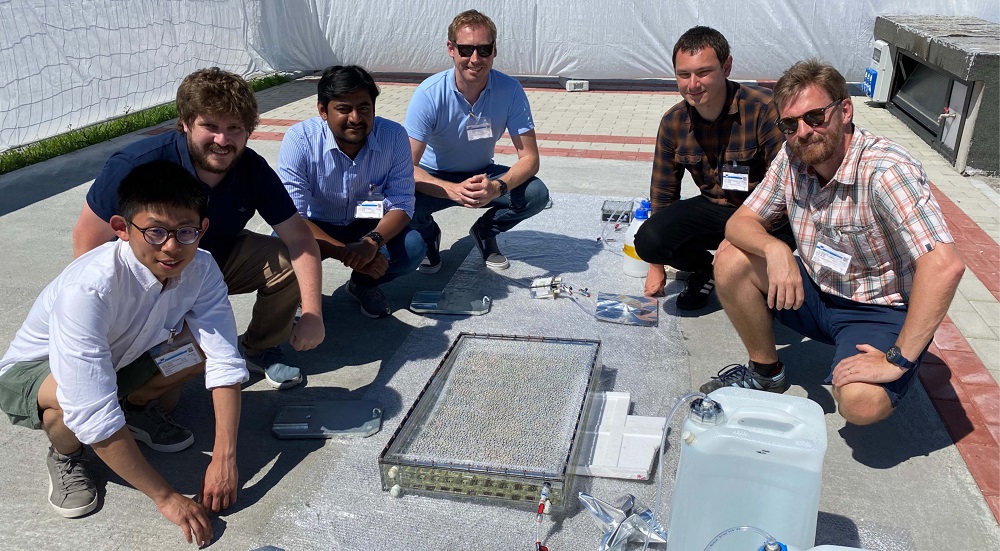
I’d also like to think about the utilisation of solar energy much more broadly, using more of the solar spectrum. We have the visible spectrum and high-energy solar components like UV light, but we also have infrared light, which is heat. I really want to focus on how you make use of all of this in a chemistry context. I want to make the most of all our resources. For me, all the little photons, the particles that come from the light, are resources. It would be great to make use of these in a circular economy. I think our job is to show how to do it, and I hope someone picks it up and develops it further, ideally with us.
We’re in a fantastic position in Cambridge as we have lots of groups working in this area. For example, the Circular Cambridge Plastic Centre, which was started in 2019, is a wonderful initiative because it brings together eight departments, each with very different viewpoints on plastic recycling. Also, within the Fellowship at St John’s everyone connected to sustainability and energy is coming together to form a Sustainability Group. Through this we hope to drive activities not only inside the College but also externally. We hope to reach out to alumni, and perhaps we will even be able to fund some PhD studentships or research positions in this area.

